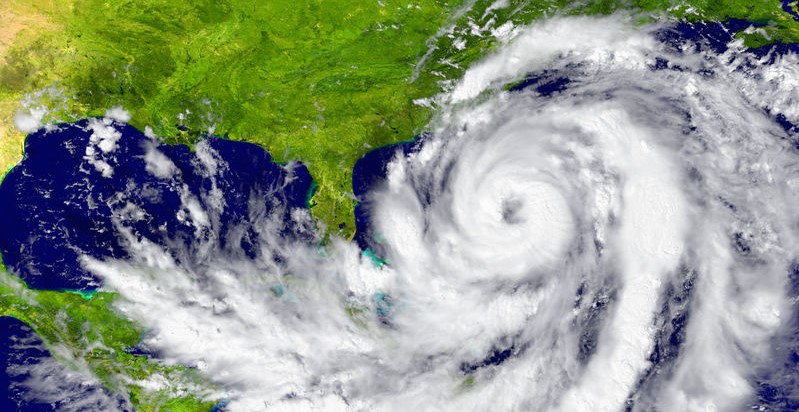Have we really made emergency preparedness a priority in our communities?
By Dan Brewer
Eight lives were lost at a nursing home in Florida following Hurricane Irma. The event has triggered many to question the preparedness of senior housing staff in times of emergency. The good news is that just one location was impacted. The bad news: countless family members have lost someone they love. Have we really made emergency preparedness a priority in our communities?
And this is a really bad thing!
As senior housing industry investors, we believe that in a need-based industry like senior housing, the needs of our residents must always come first. That means we want to work with operators committed to making high-quality staffing and safety a priority. The following are some best practices we encourage when making investments in the senior housing industry.
Make Quality Staffing a Priority
Research has proven that proper staffing is the most important element in patient care. Yet, many operators know how difficult it is to maintain quality staffing amidst labor shortages, budget issues, and local competition. As debt and equity providers, we can ask for detailed plans on staffing, including plans to train staff for emergency situations, and to reduce turnover long-term. The more highly-trained, committed staff are on-hand in an emergency incident, the better off patients will be.
Establish Clear — and Better — Training Programs
Like nursing homes all over the country, those in Florida are required by state and federal law to file emergency plans that include evacuation procedures for residents. The facility at which eight residents died complied with this policy and had held a hurricane drill with its staff in October 2016. Unfortunately, it wasn’t enough.
Investors can help by encouraging communities to work to a higher standard — to do emergency drills every quarter, and hold post-training discussions to see what was done well and what could be done better. What’s more: we can encourage the involvement of emergency planning experts to make sure communities are working in the safest and most efficient way possible.
Even more, staff can involve residents in the discussion, allowing them to express what would have helped them feel safer during the emergency experience. Let’s give them a voice in these issues. That’s what makes the difference between a senior housing facility — and a senior housing community.
Improve Transparency in Your Community
Don’t just establish a great emergency preparedness program. Take the lead by making your policies and procedures known to current and incoming residents. Make it a plan you’re proud to make public. Share it with your community’s local newspaper, make it part of your marketing materials, and share it with other assisted living communities in your region. That’s the type of cooperation and commitment we like to see from our operator partners — the drive to improve senior care in the entire industry, and to help the greater community better understand the work we are trying to do on behalf of our aging loved ones.
We’re at a pivotal point in senior care. We are laying the groundwork for an influx of older Americans that will continue to grow over the next 20 years. I believe that working together, we can make that foundation a strong and safe one.








